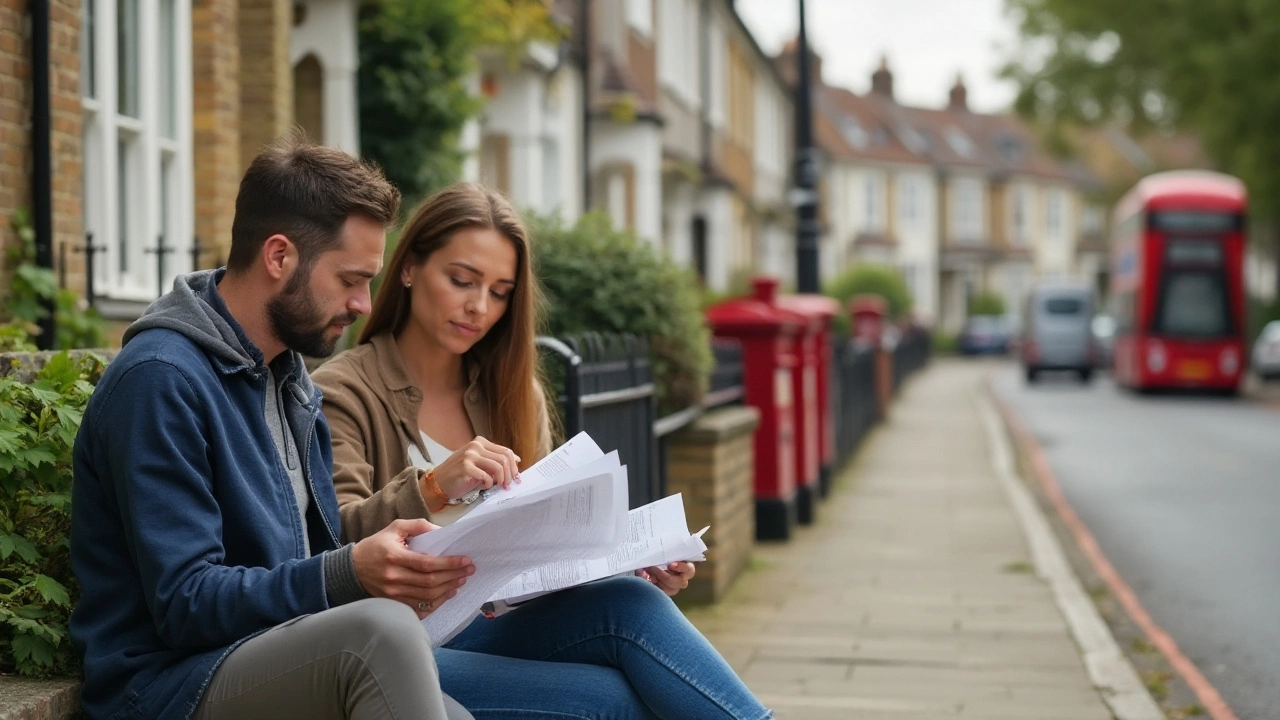Disadvantages of Shared Ownership Homes – What You Need to Know
If you’re eyeing a shared ownership property, it’s easy to focus on the low deposit and affordable monthly payments. But every benefit comes with a flip side. Below we break down the practical downsides so you can decide if this path really fits your life and budget.
First off, shared ownership isn’t a free‑ride. You’ll still pay rent on the portion you don’t own, plus service charges and ground rent. Those extra bills can add up faster than you expect, especially if the rent escalates each year. Many first‑time buyers forget that the rent you pay isn’t tax‑deductible and it reduces your overall savings.
Higher Ongoing Costs
The rent you owe on the unsold share is usually a percentage of the market value. If the market goes up, so does the rent, which means your monthly outlay can rise even if your mortgage stays the same. On top of that, you’ll still be responsible for maintenance, insurance, and any major repairs. Some schemes require you to cover 100% of these costs, which can surprise you when a boiler needs replacing.
Another hidden cost is the service charge. Even if you own just 25% of the building, you still pay the full charge for things like cleaning communal areas, lift maintenance, and landscaping. When the building gets older, those fees often increase, cutting into the affordability you thought you had.
Limited Flexibility & Future Risks
Shared ownership ties you to a specific property and a specific provider. Want to move after a few years? You’ll need to sell your share back to the housing association, often at a price set by them, not the market. That can leave you with less profit—or even a loss—if property values have risen faster elsewhere.
Staircasing, the process of buying extra shares, can be expensive. Each time you increase your ownership, you’ll pay a new valuation fee and possibly higher mortgage rates. If your financial situation changes, you might find staircasing impossible, leaving you stuck with a smaller equity stake.Because the scheme is designed for long‑term residence, many lenders treat shared ownership mortgages as higher risk. That can mean stricter credit requirements or higher interest rates, limiting who can even qualify in the first place.
Lastly, the resale market for shared ownership homes is smaller. Not every buyer is interested in a property with a shared ownership clause, so you could face a longer selling period or need to lower the price to attract interest.
In short, shared ownership can be a stepping stone, but it’s not a one‑size‑fits‑all solution. Weigh the extra rent, service charges, limited resale options, and staircasing costs against the lower deposit. Talk to a mortgage adviser, run the numbers for at least five years, and make sure you’re comfortable with the long‑term commitment before you sign.

Cons of Shared Ownership Homes: What You Need to Know About Buying Shares
Shared ownership homes promise a cheaper way onto the property ladder, but they're not as simple as they seem. This article digs into the core downsides, including unexpected costs, complex rules, and resale struggles. You'll learn useful tips to watch out for, plus how shared ownership can affect your long-term financial freedom. Get straight facts about the trade-offs and what life is really like with shared home shares. No sugar-coating—just practical, honest advice.

Disadvantages of Homeownership in Shared Ownership Properties
Exploring the downsides of owning a shared ownership home, this article delves into the complexity of shared financial responsibility, the limitations imposed by shared agreements, and the challenges of selling a shared ownership property. It offers insights for potential buyers to consider before committing. The discussion is enriched with practical tips for navigating the shared ownership landscape effectively.